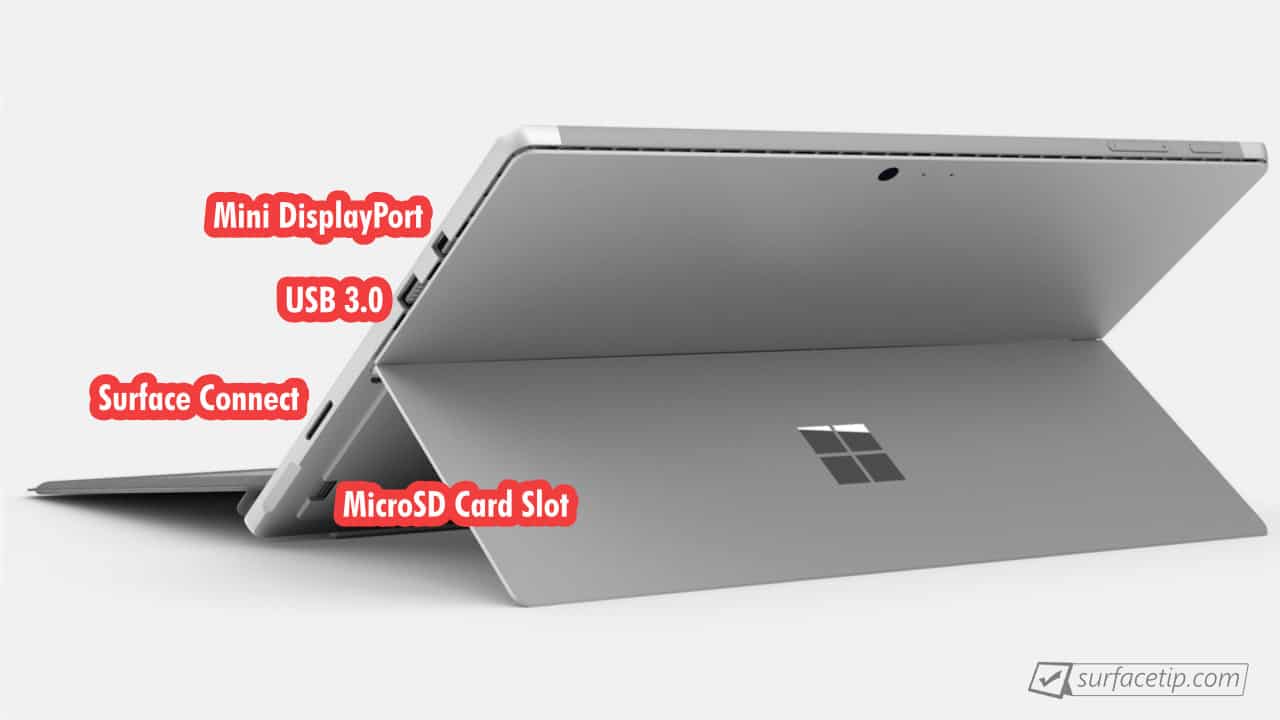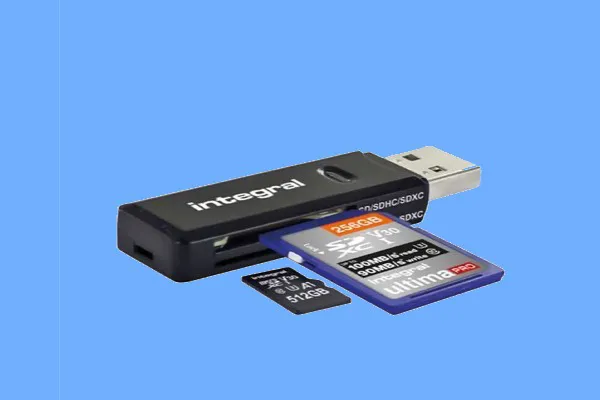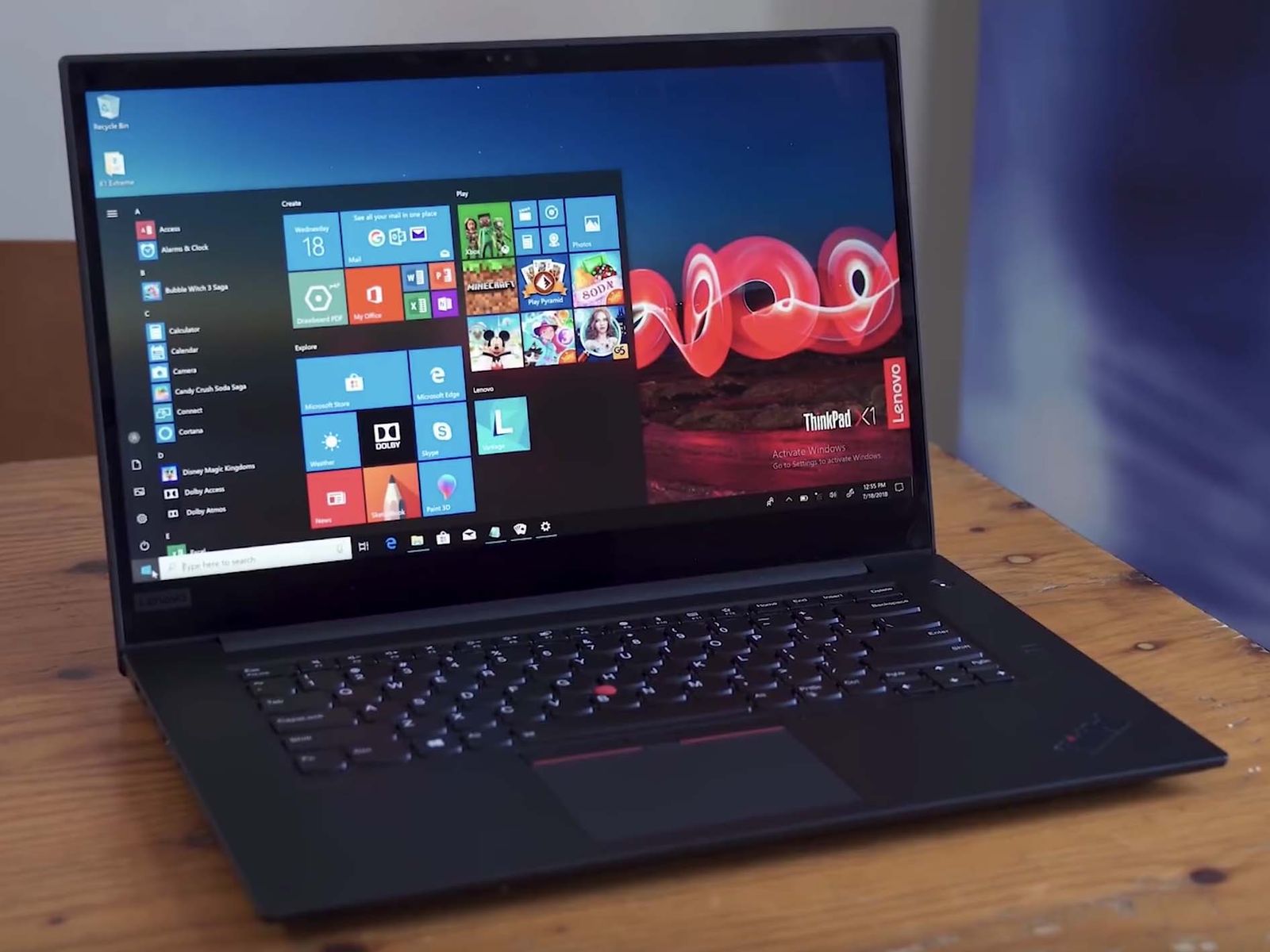

The SanDisk Extreme Pro card reader also does a fine job. Writing to the cards is slower for the XPS 15 and Aero 17 and largely a tie. The has a decent edge, but it’s likely gated by the fact that we only have access to a UHS-II card for our testing. The winner of this, although not by the margin you’d hope for, is the Dell XPS 15 9500, with its UHS-III-rated RealTek card reader hooked up to the PCIe bus. Our control, the SanDisk Extreme Pro UHS-II reader, also can hit a decent 246MBps read speed. We make that assumption because clearly the Aero 17 on USB 3.0 with its RealTek UHS-II reader can easily reach 262MBps read speeds. Because USB 3.0 can reach speeds of 5Gbps or 625MBps on paper, we know it’s not the USB 3.0 interface. We can only assume that the Xenia 15 uses a UHS-I reader rated for 104MBps transfer speeds. The Xenia 15 highlights the other issue that matters for a laptop’s SD card reader: It’s not just the interface, it’s also what the host card reader is rated for.įor the Xenia 15, we couldn’t find anything other than that it’s a RealTek card reader on USB 3.0. U3 has largely been supplanted by the newer and slightly less confusing “V” video speed class mark.)Īfter the Dell, the XPG Xenia 15 doubles the performance of the G5 15 SE with about 91MBps read speeds. Yes, they seriously have U3 and UHS-III which don’t mean the same thing. U3 refers to the card’s “UHS Speed Class” mark for video performance of a camera and card. (And no, don’t confuse UHS-III (the bus) with the U3 symbol. Searching just last week, we saw no signs of a UHS-III card for sale.
#Sd card slot not working laptop full#
If you’re wondering why we’re not using an even faster SD card using the newer UHS-III bus, it’s because we couldn’t find a card that even supported the newer interface, which takes speeds to 312MBps in full duplex mode and 624MBps in half duplex mode.

The SanDisk Extreme Pro SD Card is rated for read speeds right up to the limit of UHS-II at 300MBps with write speeds rated at 260MBps.

We used a 128GB SanDisk Extreme Pro card rated for 300MBps reads and 260MBps writes for our testing. We formatted the card in exFAT, which has seemingly become the standard for most large-capacity SD media. The UHS-II bus can hit 312MBps in full duplex mode and 624MBps in half-duplex mode. The card is a UHS-II card, meaning it rides on the Ultra High Speed II bus and features a second row of contact pins on the back to hit the higher performance ratings of the interface. Because this test would be pointless without a fast SD card, we used a 128GB SanDisk Extreme Pro SD card.


 0 kommentar(er)
0 kommentar(er)
